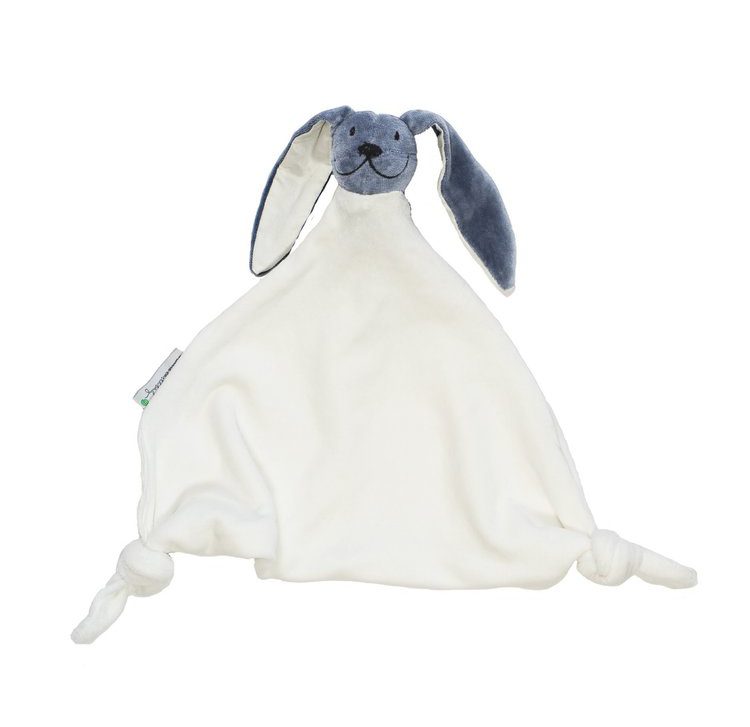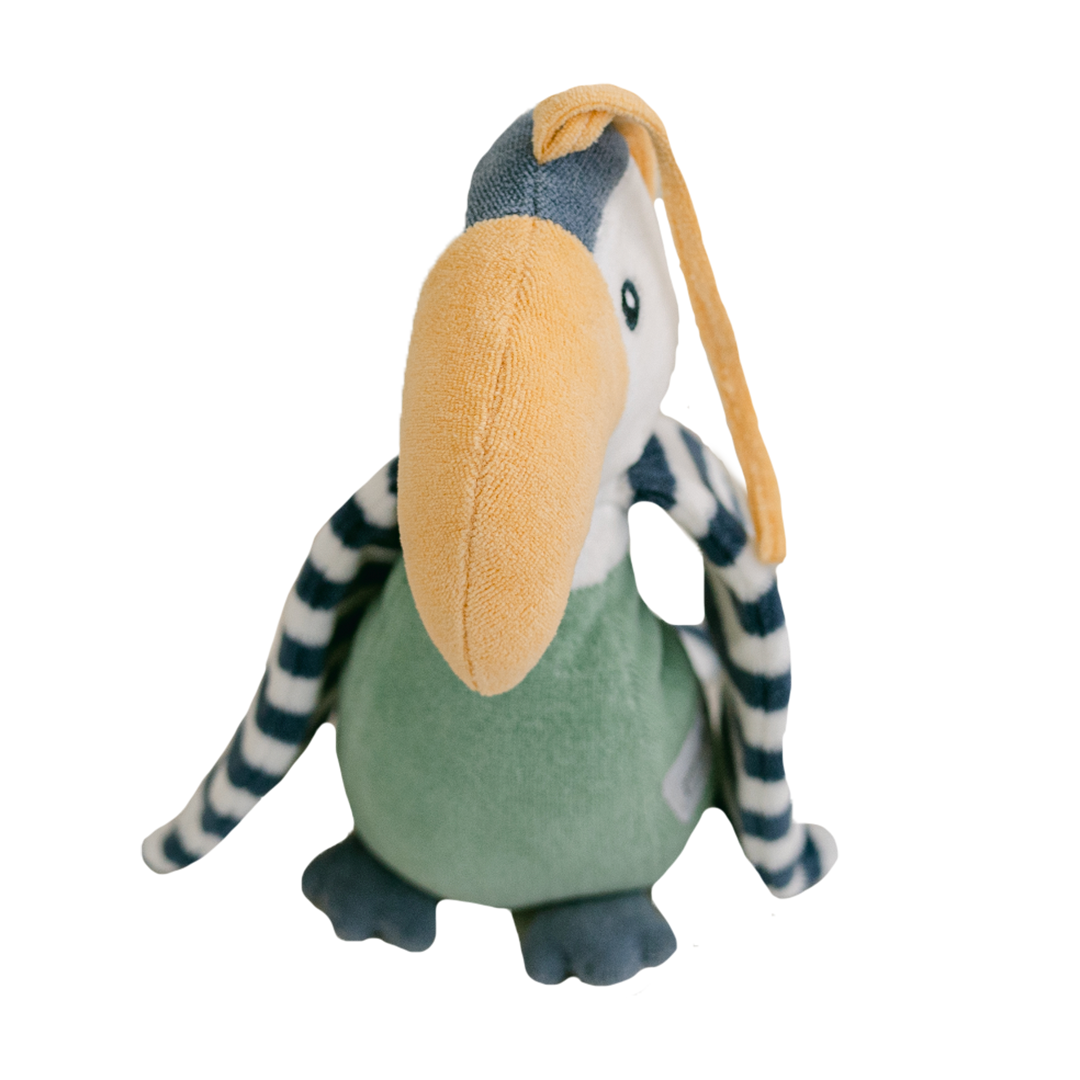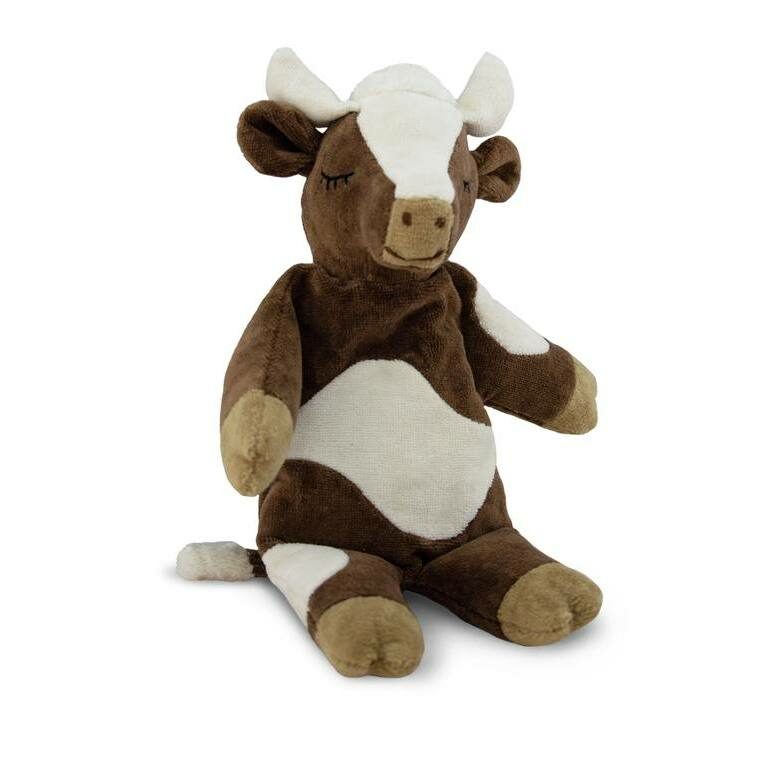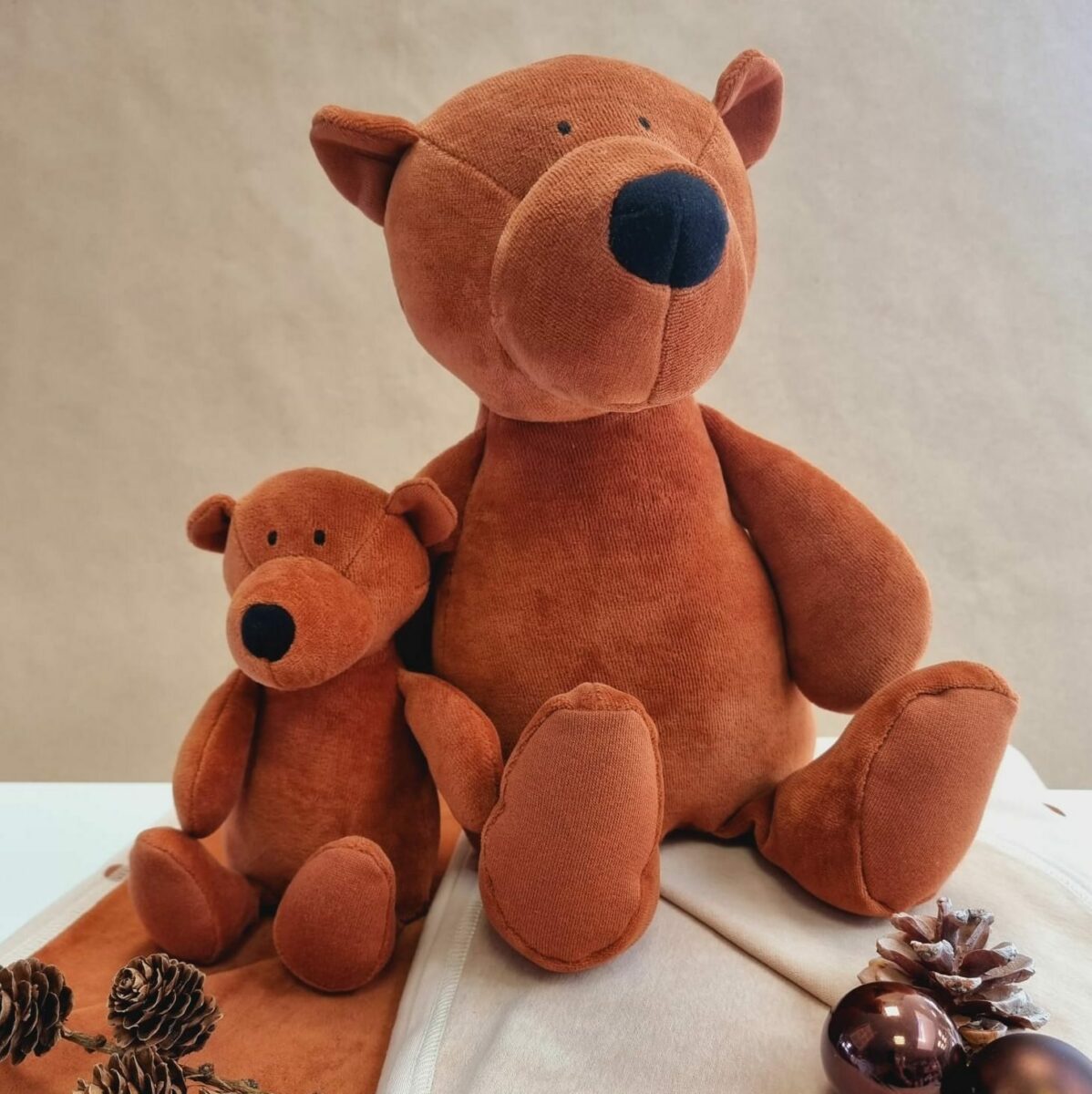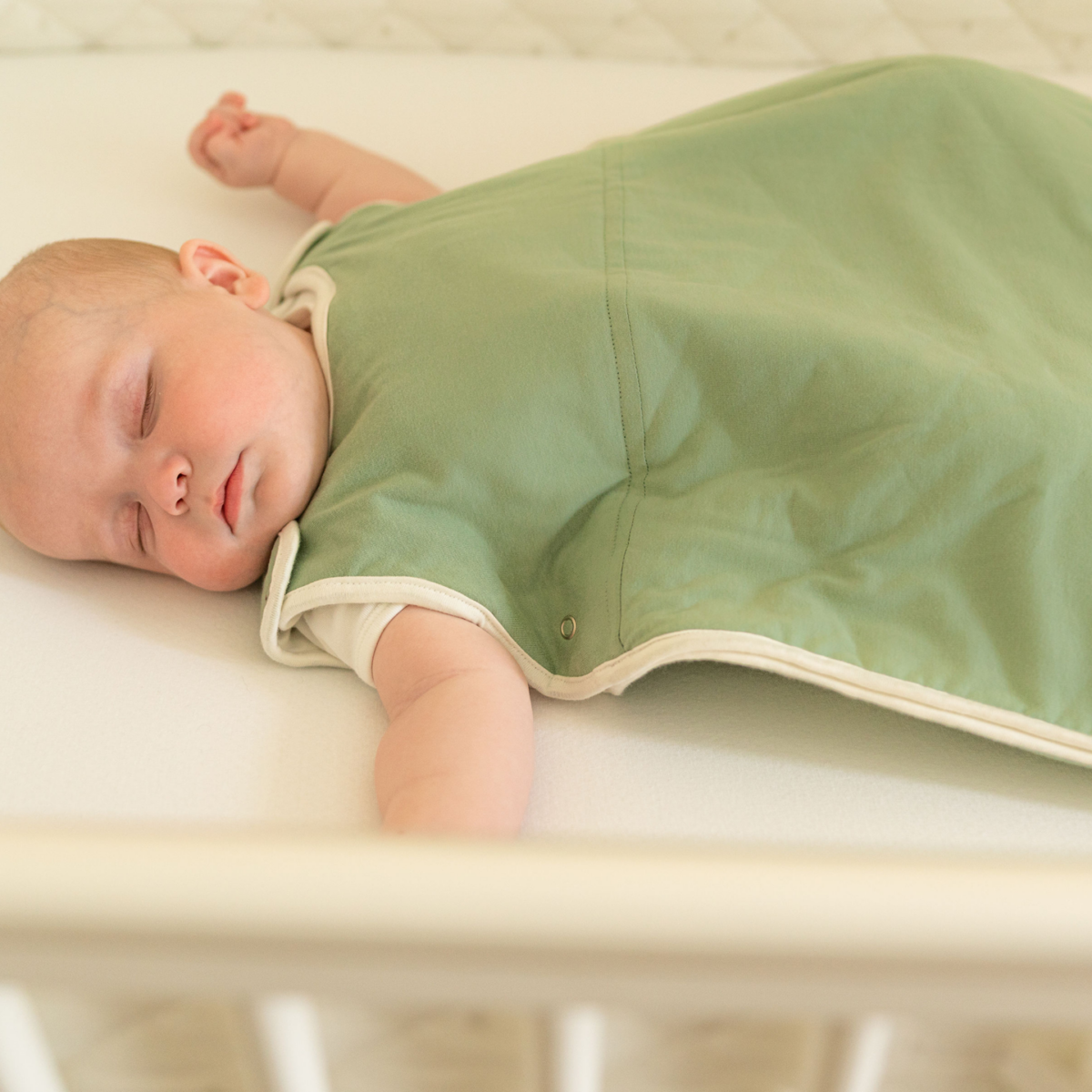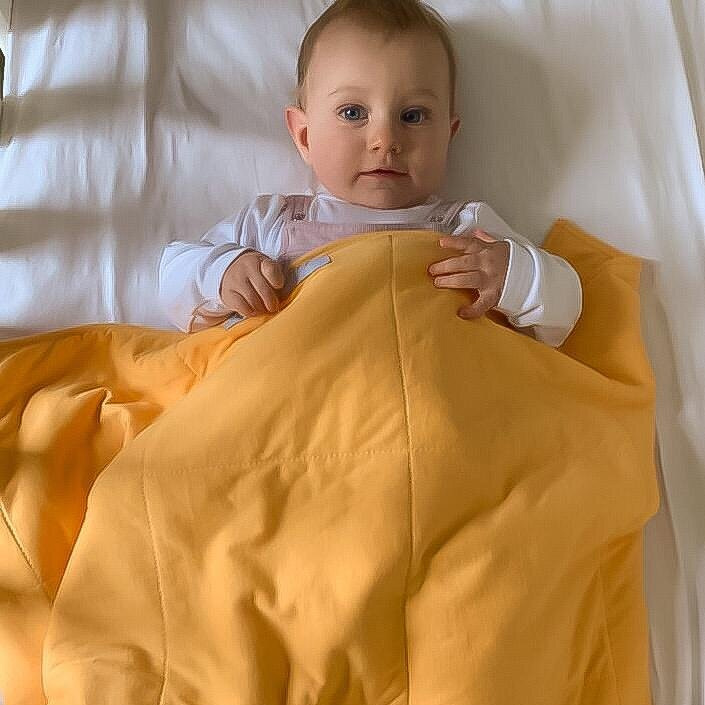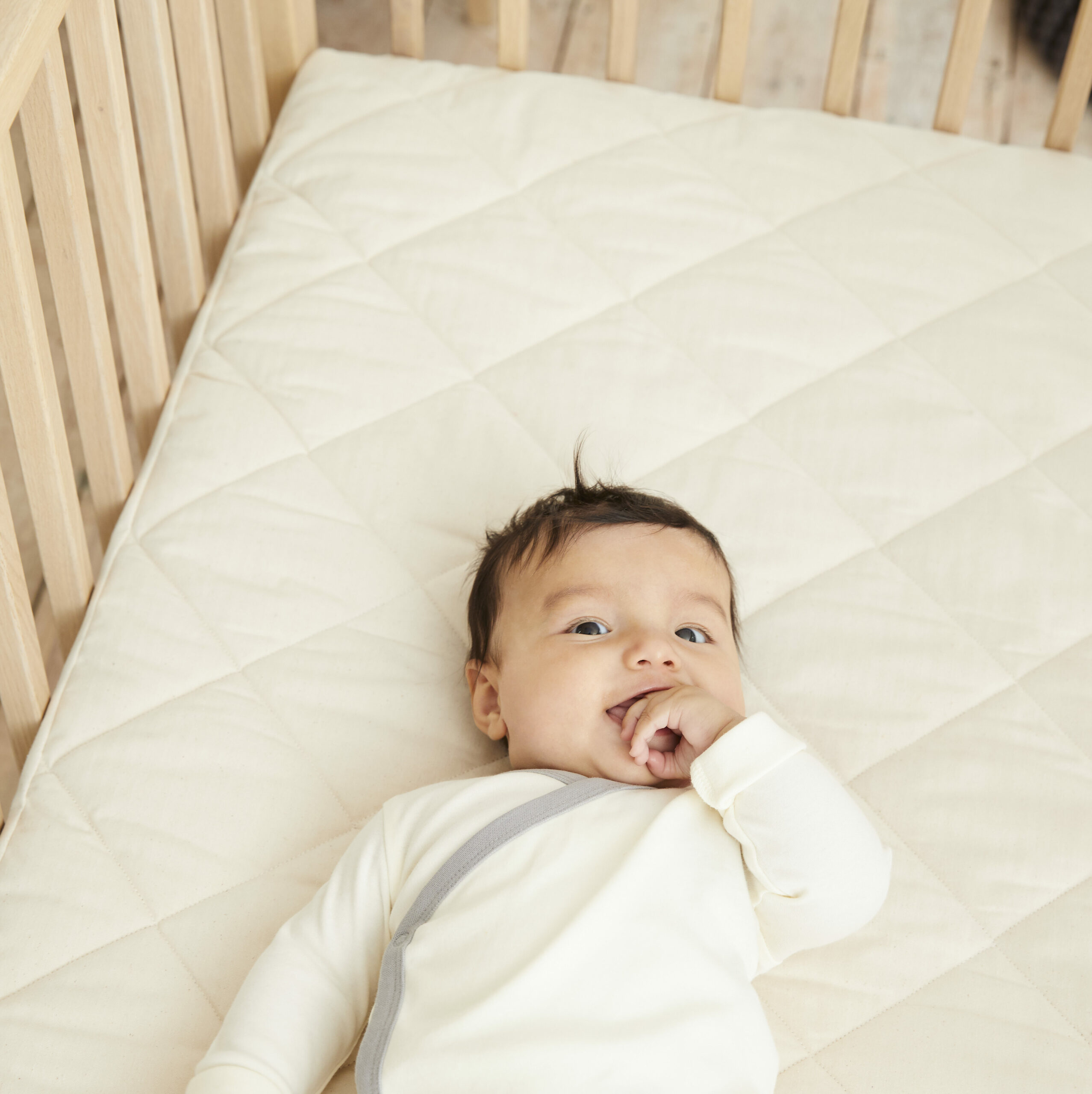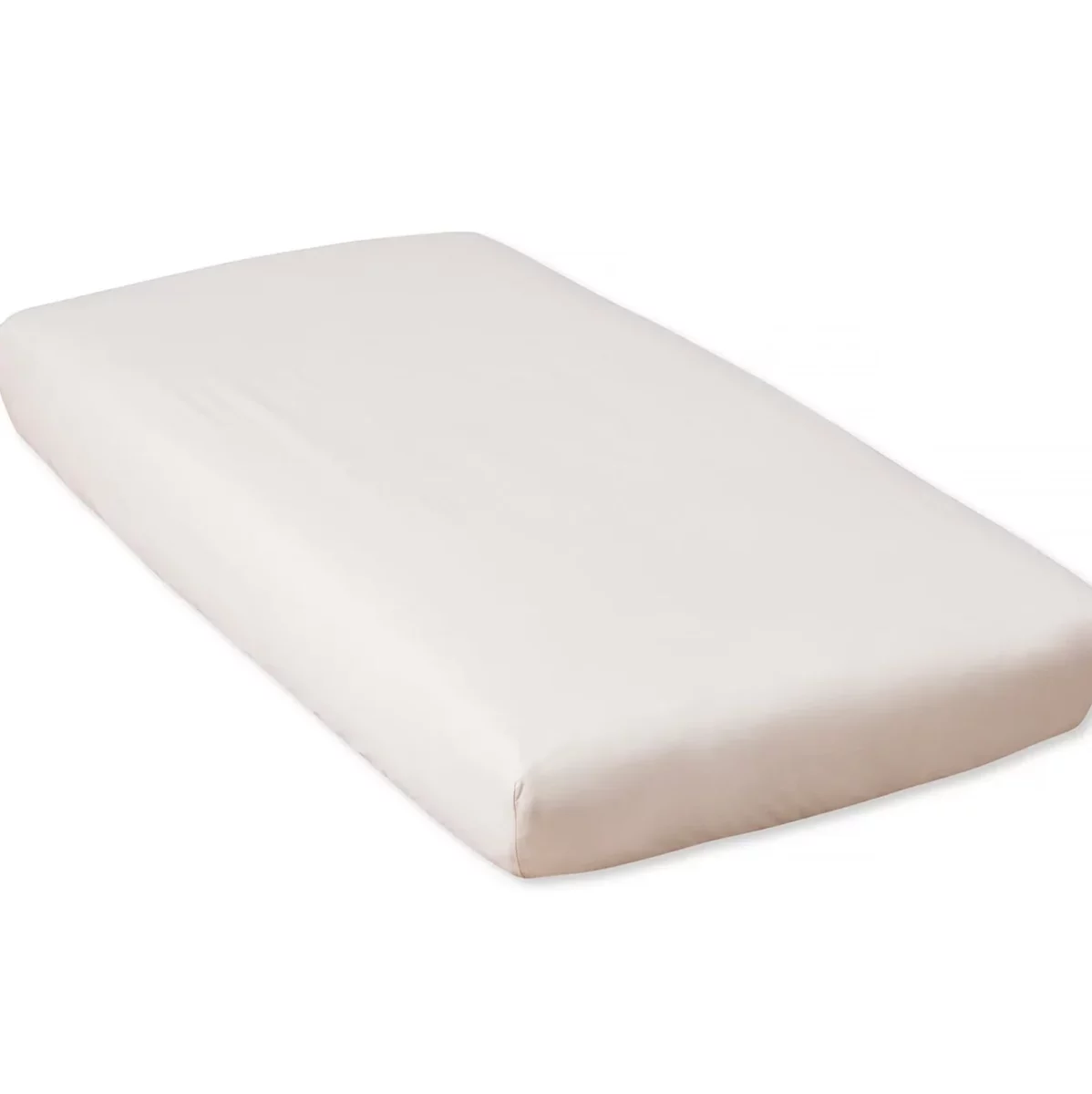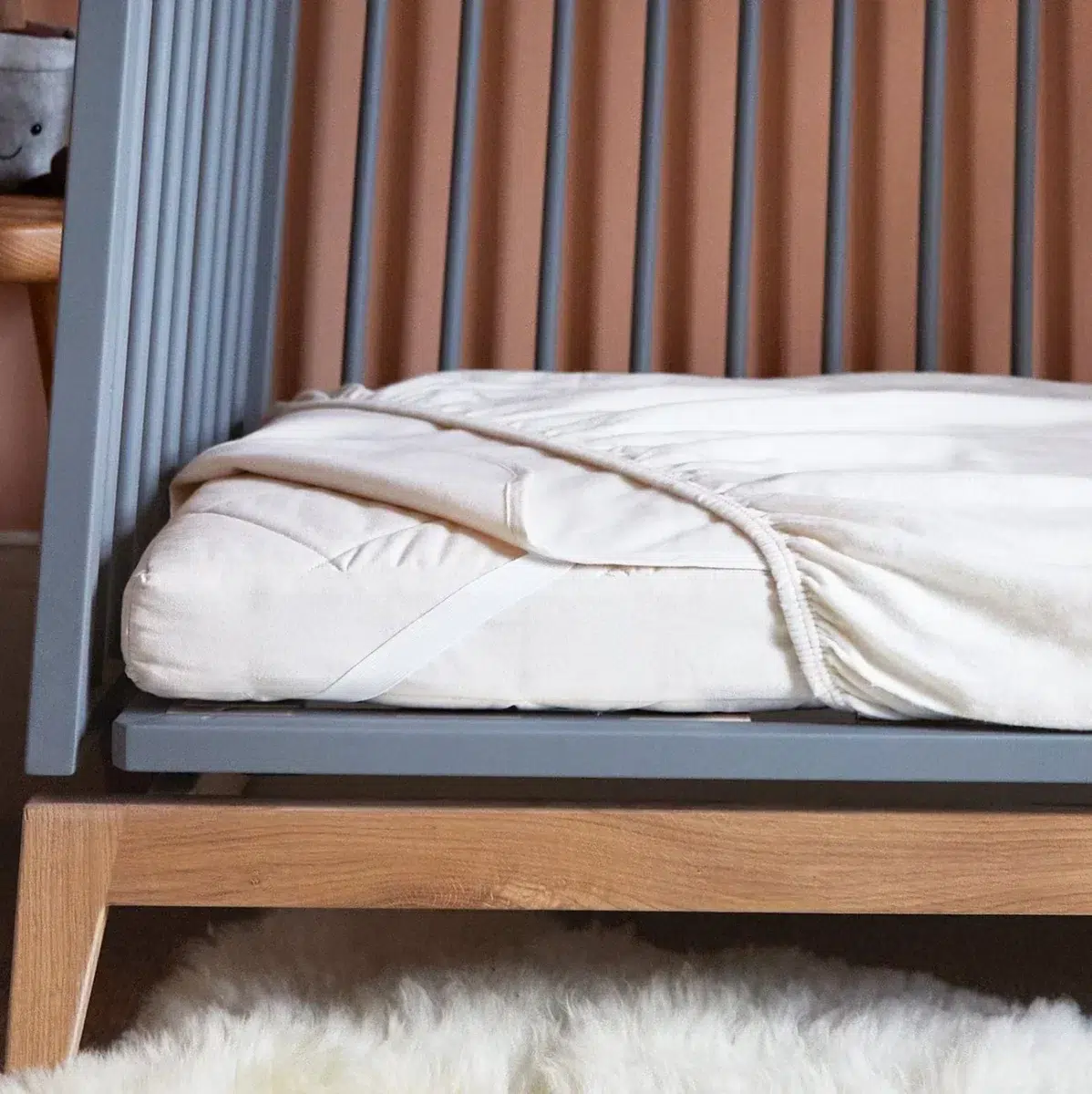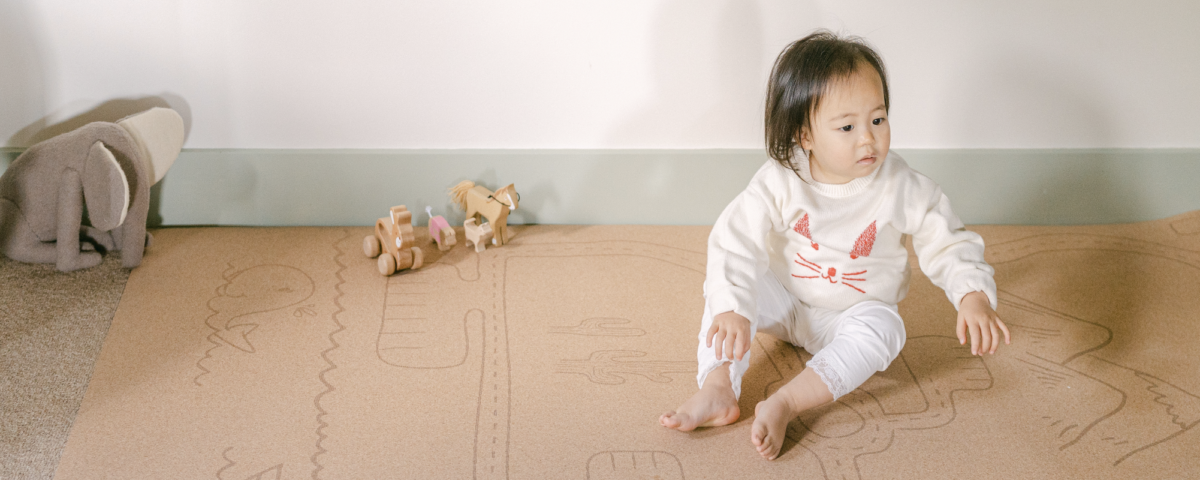
Recent studies show that babies and children are more exposed to microplastics than adults
Microplastics have been found in 75% of human breastmilk, in the placenta of unborn babies, in the human bloodstream and deep inside our lungs. Studies suggest that bottle-fed babies are ingesting over 1.6 million microplastics EVERY DAY. Additionally, babies and children often breathe in and ingest up to 22x more of these tiny toxins than adults. Interestingly, most of this exposure happens in children’s own homes. The health implications of microplastics in the human body are hugely worrying, with links to cancer, obesity, lung disease, cell damage, hormone disruption and more. But the good news is, there are lots of ways we can quickly and drastically decrease our children’s exposure to microplastics in our homes, so we as parents have the power to change these statistics for our own kids.
What are the main sources of microplastics in our homes?
Studies have shown that the reason why children are so overexposed to these toxins is because of the plastic-based products they’re surrounded with daily. The biggest shedder of microplastics in our homes is polyester and other synthetic fabrics. Particularly fluffy fabrics which shed more easily. How crazy is it that over 95% of children’s soft toys are made from this microplastic shedding material? It’s no wonder that babies are ingesting way more microplastics than adults. Add synthetic homewares to that list (think ‘velvet’ sofa fabric, ‘faux’ fur throws and cushions, polyester carpets and upholstery) – and the microplastics in your homes are going to be abundant. They’re in the air that we breathe, in the dust which gets into our children’s mouths, and when little kids are involved, in the products they are sucking on and mouthing daily. Household rooms with a lot of polyester fabrics have been shown to have 22x more microplastic air pollution than rooms with little or no polyester fabrics. This means that not only is the air much more contaminated in those rooms, but also the dust in those rooms will be very microplastic-heavy.
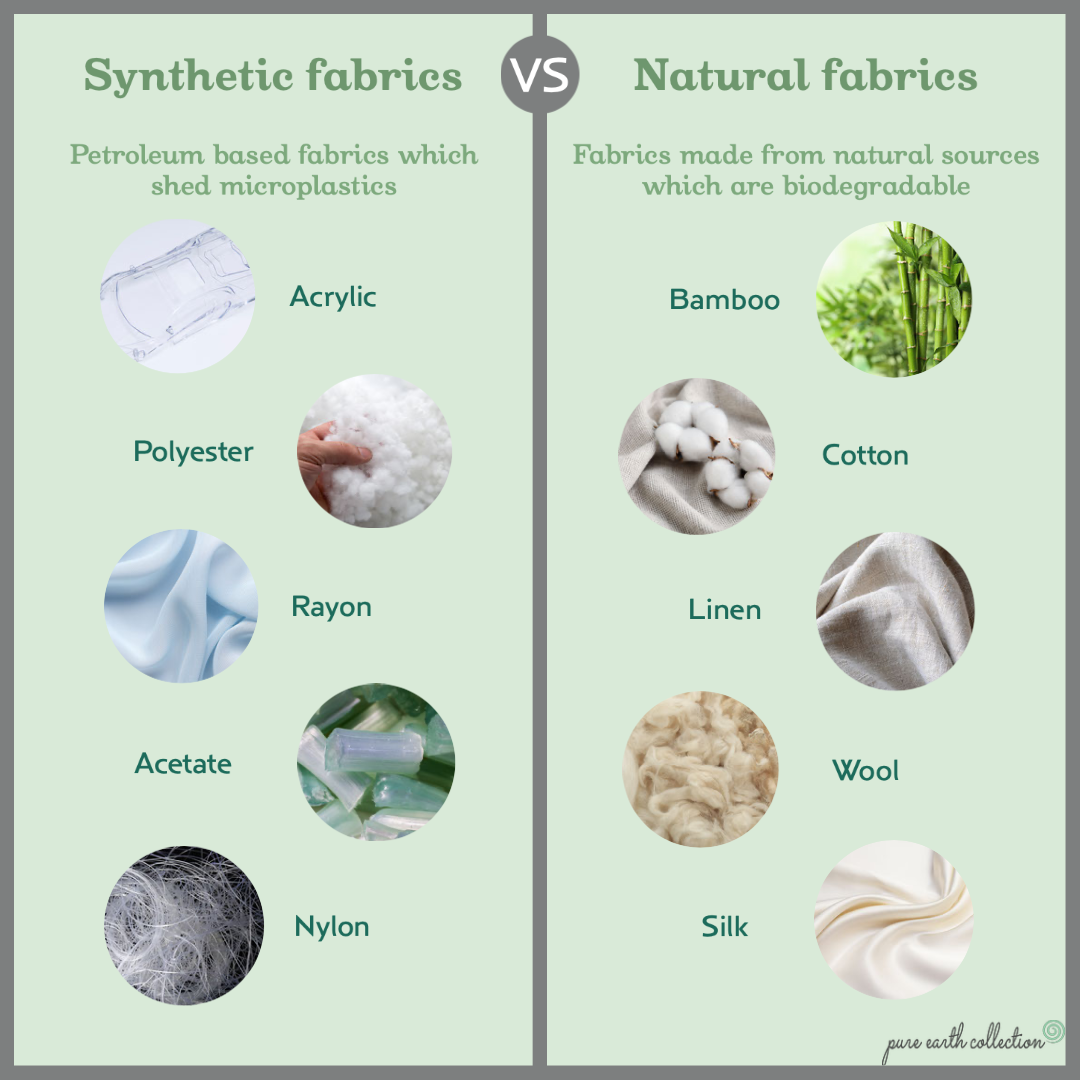
How can we reduce our children’s exposure to microplastics?
1. Synthetic fabrics around the home are one of the main sources of microplastic pollution
The number one fastest way to cut down the microplastics in our homes is to swap out polyester for natural fabrics. It might sound daunting, but start small and aim to make bite-sized changes each month. A good starting point is to get rid of any fluffy polyester toys or clothing that your babies are likely to suck on or have close to their faces for large parts of the day. Something which has been tripping me up lately is acrylic, so watch out for it – it sneaks in everywhere these days! My friends and family now all know to never give us anything polyester, but we’ve had several recent gifts made from acrylic (which is often mistaken for wool). Unfortunately, acrylic is another plastic-based fabric and one which sheds quite abundantly due to its fluffy properties.
Choosing natural fabrics for carpets and upholstery is important too, particularly in areas where kids will be playing a lot (like play rooms, bedrooms, and sofas). If you’re not able to change your carpets and soft furnishings don’t panic. A natural fibre area rug, or a large natural play mat, put down in heavy use or high-traffic areas really helps. Similarly, a natural fabric throw across the sofa will massively reduce the number of microplastics released into the air around your little ones. Hoovering and dusting really regularly, and opening windows daily will reduce the microplastic buildup inside your home.
2. Reducing microplastics in our kitchens
The second focus point should be the kitchen. Avoid plastic plates, cups, utensils and storage bowls. Change to china, glass, stainless steel and wood. If there are plastics you can’t swap out then I suggest washing them by hand. Putting plastics in the dishwasher makes them release thousands of microplastics and toxic chemicals because the heat and chemical detergents degrade the material faster. This goes for the steriliser too (if you use a heat steriliser). Consider not sterilising if it’s not essential and make sure you give things a thorough wash instead. If you are set on sterilising, give everything a rinse afterwards with boiled, cooled water to rinse away most of the small plastic particles and toxins which come loose in the steriliser.
3. Reducing microplastics in our playrooms
Next to the playroom. In an ideal world, hard plastic toys should go too. However, these tend to be a lot less shedding so they are not such an abundant source of microplastics in your house and therefore pose less of a threat to your children than fabric items. But it’s worth considering the environmental angle here too – when they are thrown out to landfill or make their way into the environment they’ll do most of their damage – breaking down into microplastics and circling back into the food chain.
Are you feeling overwhelmed about microplastics in your home?
Lastly, and as I mentioned before, don’t panic! Don’t get overwhelmed. Knowledge is power, and just reading this article and having more awareness about how microplastics are getting inside our little ones will have a positive impact on your family. Obviously, the more changes you can make the better, but making some changes is better than making none so start small today and build up when you’re ready. Below you can find a few suggestions on where to find natural alternatives to everyday products, but you can also check out our Conscious Brands Directory for more of our recommended brands.
Natural alternatives to polyester teddies
Here are some of our favourite natural fabric teddies:
Natural, polyester-free fabrics for baby and children’s bedding
Avoiding polyester in your children’s sleep environment is important as their bed is somewhere they spend over 50% of their time. Choosing totally natural fabric bedding has the added benefit of helping to regulate their temperature too – no more polyester night sweats!

